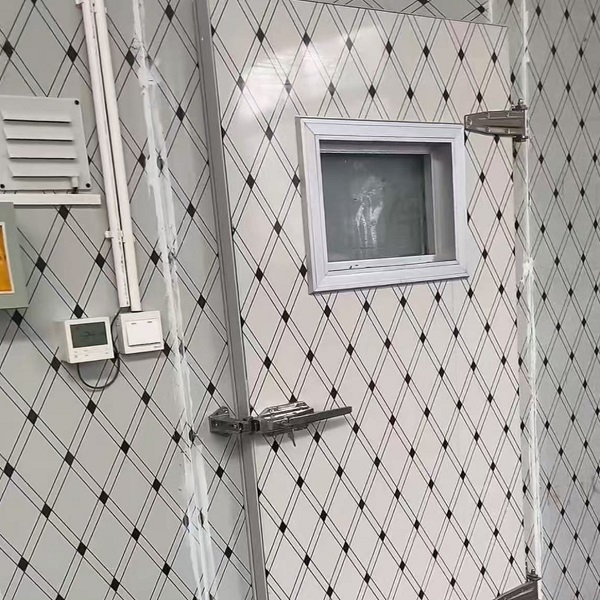The power consumption of a 10-cubic-meter variable-frequency cold storage unit is usually 25% to 35% lower than that of a fixed-frequency unit. The specific difference is affected by factors such as temperature scenarios and load fluctuations. The core difference stems from the essential difference in operation modes.
From the perspective of scenarios, the lower the temperature and the greater the load fluctuation, the more obvious the energy-saving advantages of frequency conversion. The fresh-keeping cold storage (0℃-5℃) can save energy by 25%-30%. If the frequency conversion is used, the average daily electricity consumption is 5 kilowatt-hours, while the fixed frequency is about 7 kilowatt-hours, with a difference of 2 kilowatt-hours. Refrigerated cold storage (-15℃ to 18℃) saves 30% to 33% of energy. A frequency conversion of 7 degrees corresponds to a fixed frequency of 10 degrees, with a difference of 3 degrees. Low-temperature cold storage (-20℃ to 25℃) saves energy by 33% to 35%. A frequency conversion of 9 degrees corresponds to a fixed frequency of 14 degrees, with a difference of 5 degrees. In high-load fluctuation scenarios (such as fresh food warehouses that frequently open their doors), the energy-saving ratio can reach 35%, and the energy consumption difference can be expanded to 4 degrees.
In principle, the variable frequency unit provides cooling on demand through stepless speed regulation. When the load is low, it operates at a reduced frequency, and its energy consumption decreases with the square of the rotational speed. Fixed-frequency units can only operate in a "full-load operation - shutdown" cycle. During start-up and shutdown, the starting current is 3 to 5 times the rated current, resulting in an additional loss of 15% to 20% of electrical energy. Moreover, after shutdown, the cooling capacity is lost rapidly, and the energy consumption for supplementary cooling is even higher.
It should be noted that poor insulation can narrow the energy-saving gap (for example, from 30% to 20%), and DC inverter can save 5% to 10% more energy than AC inverter. In practical applications, a 10-cubic-meter variable-frequency cold storage can save 1,000 to 2,000 kilowatt-hours of electricity annually, with significant long-term benefits.


